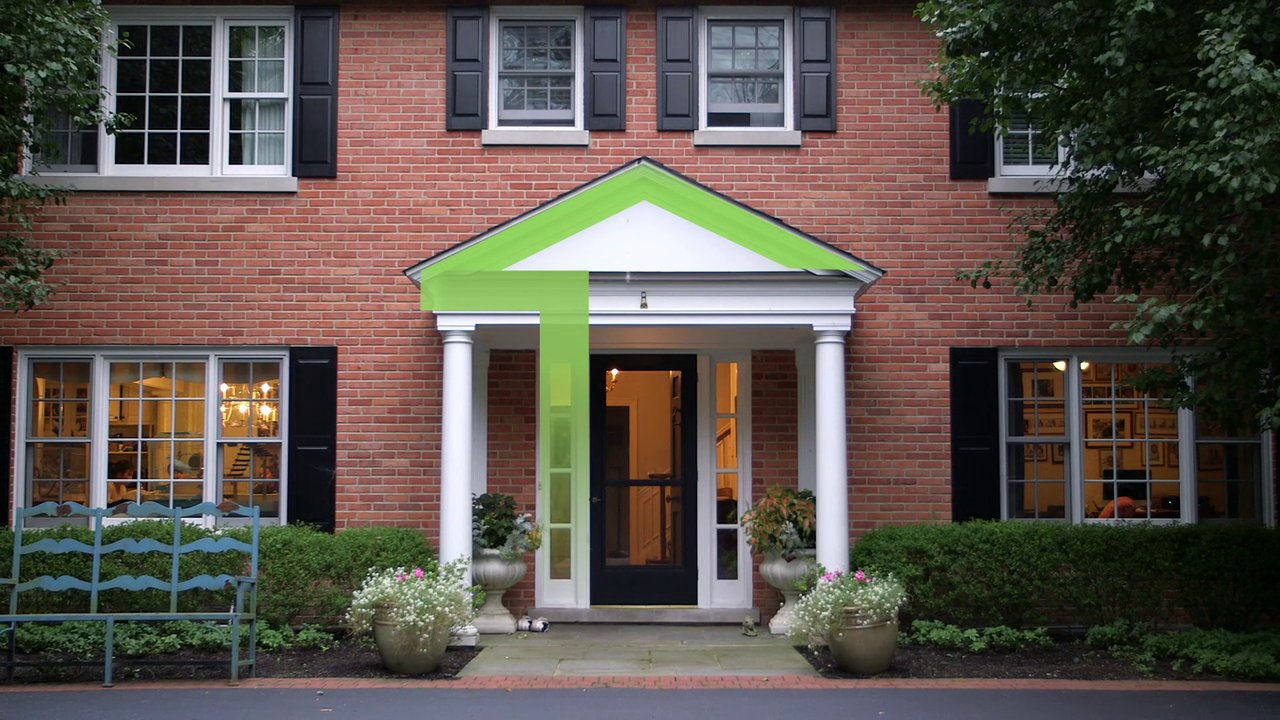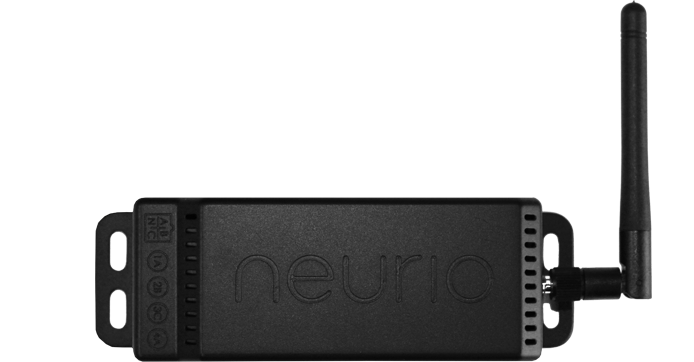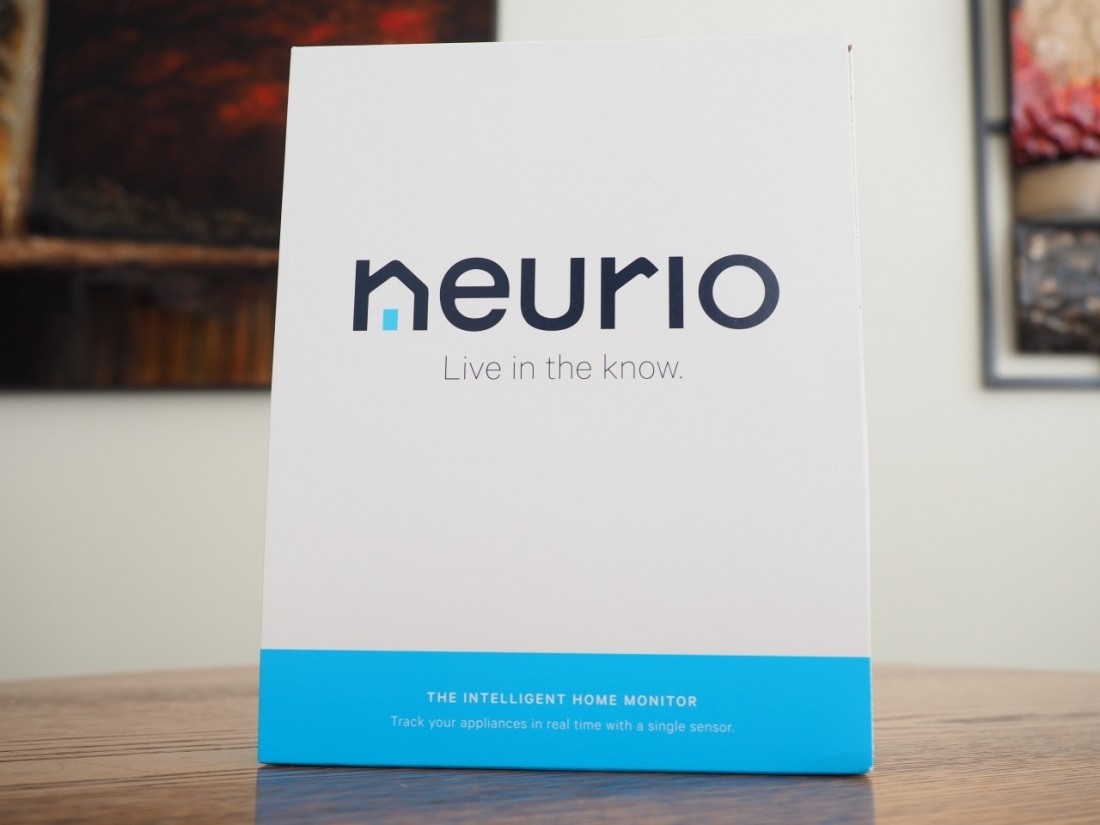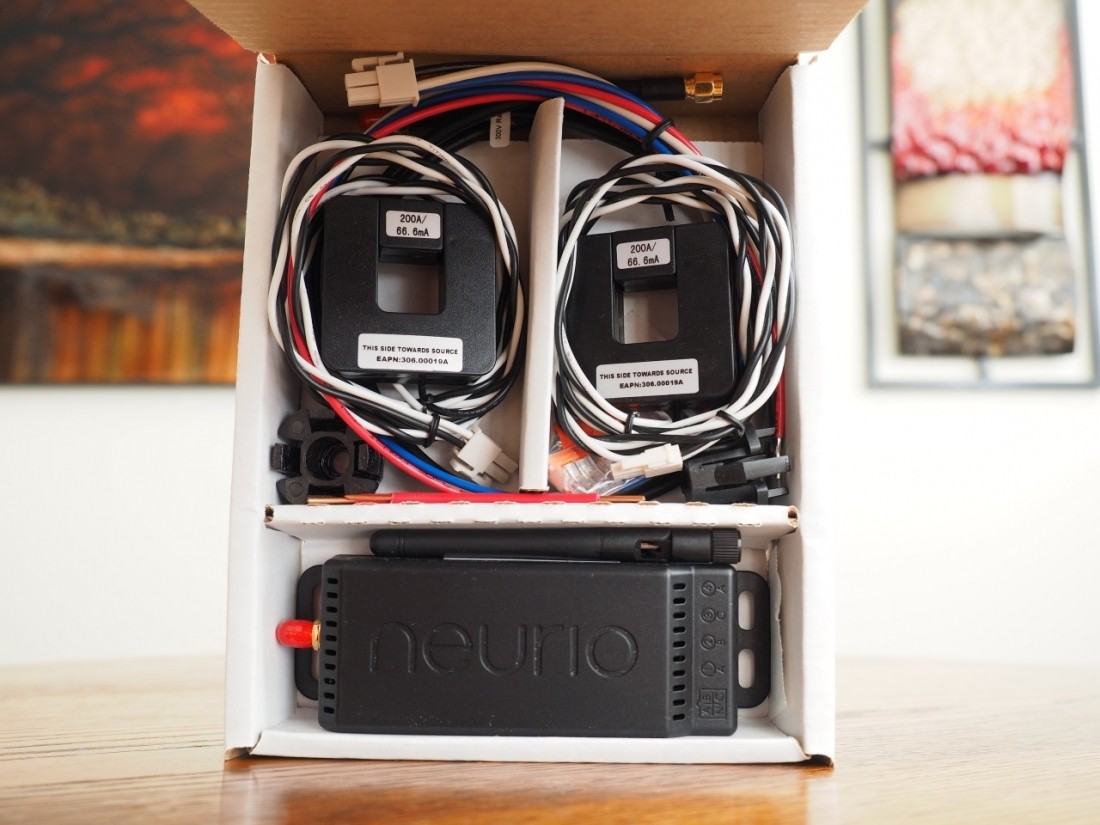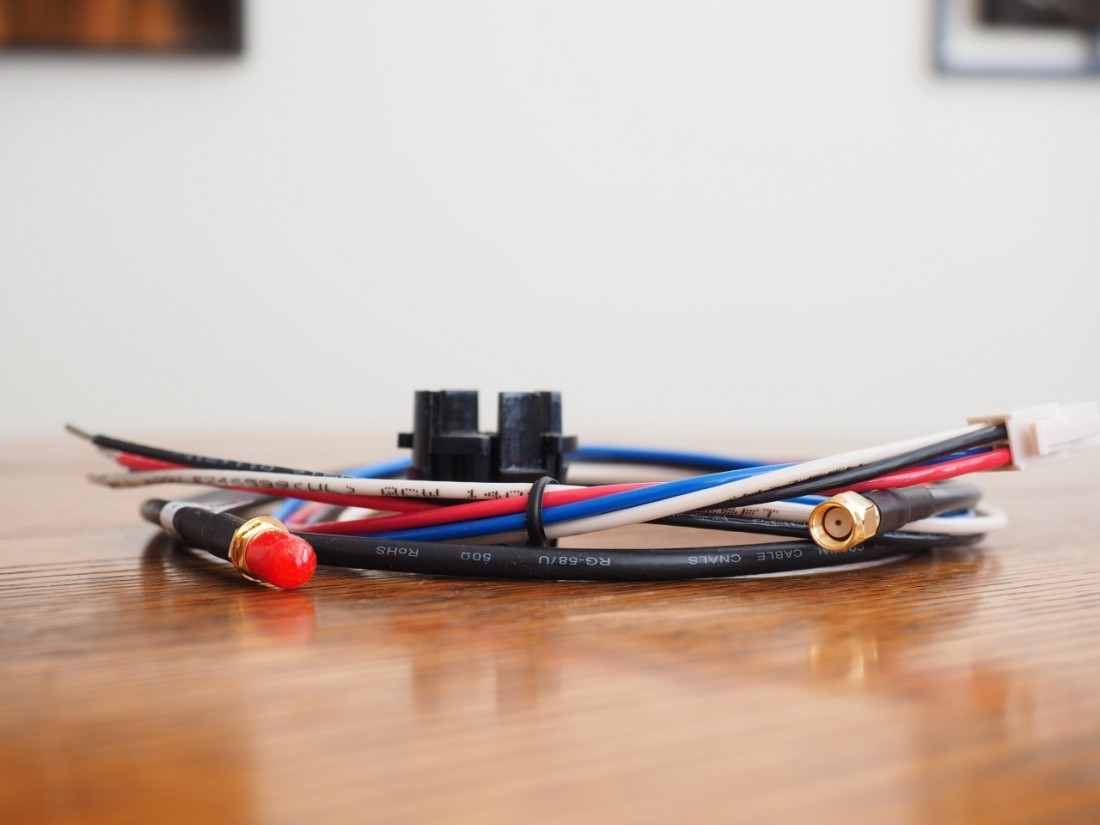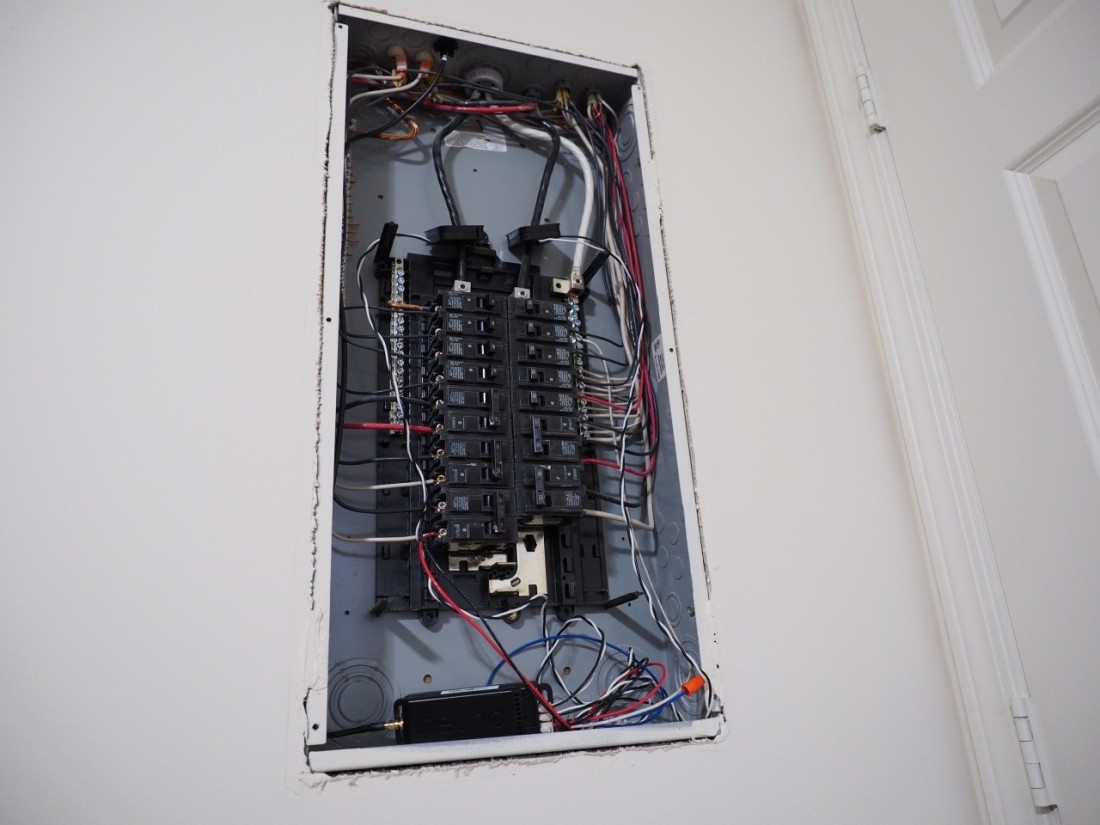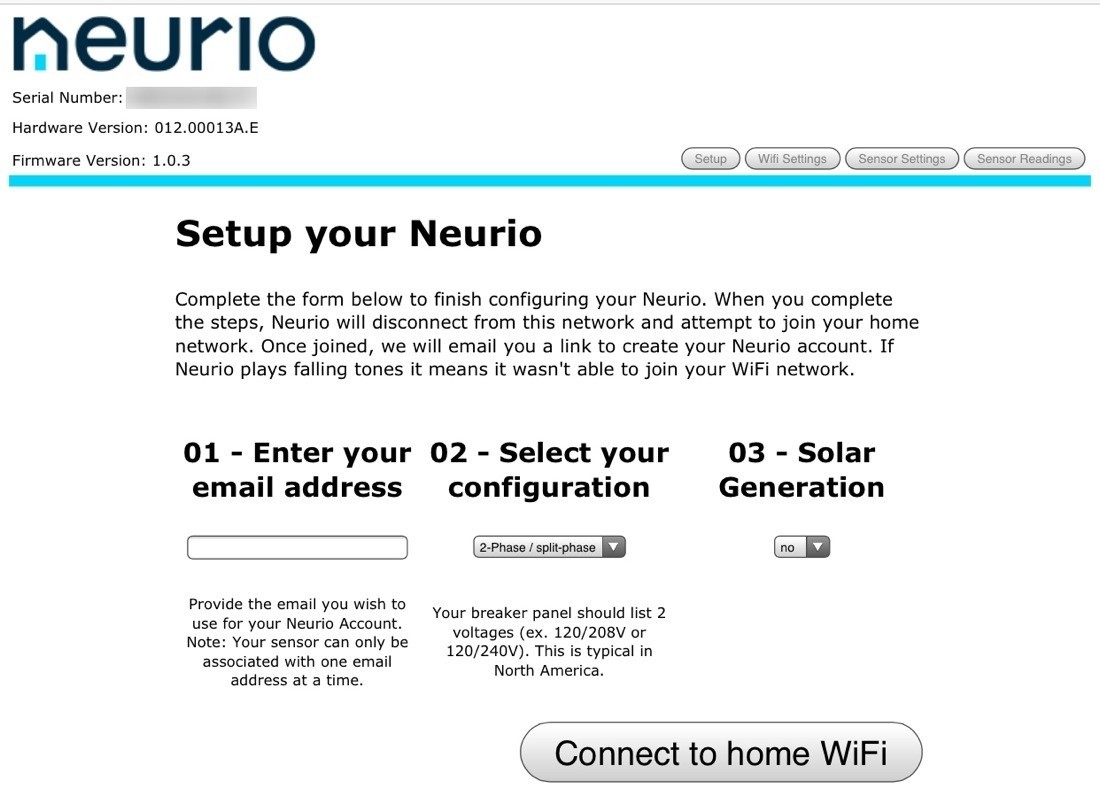The ever evolving world of technology combined with a cultural shift to an always-connected, mobile lifestyle has created a relatively new concept known as the Internet of Things (IoT). Devices that fall under the IoT umbrella are typically equipped with electronics that allow them to connect to the Internet and thus, offer a new layer of functionality not previously possible.
Most associate such devices with convenience but that's just one of many applications that home automation affords. As products like connected thermostats and lighting systems have successfully demonstrated, energy management can be just as, if not more, important.
As you've no doubt seen when browsing the aisles of stores like Best Buy or Fry's, connected appliances often carry a price premium, but as with many emerging technologies and trends it may not be immediately clear if it'll be worth the extra investment. Furthermore, there's little sense in tossing out a perfectly good oven or fridge that still has plenty of years of service left.
For the energy conscious among us that aren't yet prepared (or willing) to replace all the appliances in our homes, Kickstarter success story Neurio may be worth checking out.
The pitch is simple: Neurio promises to add intelligence to ordinary appliances and make your home more efficient, all without having to install sensors on each device. It uses a power sensor with Wi-Fi capabilities to beam data about your home's electricity usage to the Neurio cloud where it's analyzed by the company's pattern detection algorithms.
All of this is fed back to the Neurio app in an easy-to-read format that helps quantify the energy cost of virtually every power-sucking appliance or gadget in your home. While monitoring capabilities would be enough for some to jump on board, Neurio will soon be able to add a bit of intelligence to your existing appliances via compatibility with third-party systems like Particle (formerly Spark Core), IFTTT and SmartThings.
First look & Installation
Neurio launched its Kickstarter campaign in October 2013, raising 281% of its funding goal from nearly 2,000 backers during its 30-day run. It's now mid-2015 and products are finally shipping. As the first Kickstarter project I've reviewed, I wasn't quite sure what to expect in terms of retail packaging, build quality and so forth but my concerns would quickly be laid to rest.
Our Neurio sample arrived in an aesthetically-pleasing retail package that shows no signs of being a Kickstarter-funded product. Opening the box can be a bit daunting as there are plenty of wires but fret not as you also get a detailed instruction manual that'll help make sense of everything.
At the heart of the Neurio system is its sensor, a small rectangular box designed to be mounted inside your home's electrical breaker panel. You'll also receive two current transformers (CTs), a voltage cable, a Wi-Fi antenna and cable, a couple of circular antenna mounts, two wiretaps and all of the necessary mounting hardware you'll need.
Neurio also recommends a flashlight (the power will need to be off during installation for safety purposes), thick rubber gloves, a #2 Phillips and flathead screwdrivers, one empty 15 or 20 amp dual (double) pole breaker and a smartphone with the Neurio app installed.
The company notes that installation must be carried out by an electrician or other qualified professional, a wise recommendation if you're like me and have zero electrical experience. I had an electrician friend install the system for me. After familiarizing himself with the kit and watching Neurio's installation video, he managed to get everything installed in less than 15 minutes.
As a quick overview of what needs to be done, you'll first want to find a suitable place for the main sensor. From there, you'll need to make the necessary voltage cable connections, install the current transformers around each of the main power lines, connect them to the sensor then mount and connect the Wi-Fi antenna to the sensor.
Once complete, be sure to go back and check your work (or have your electrician do so). If everything looks good, go ahead and turn the main breaker back on. Neurio will emit an audible code when powered on to indicate it's working properly or to alert you of an issue. You can find the full chart with audible code descriptions in the installation manual.
The next step is to connect Neurio to your Wi-Fi network and create an account.
Using a connected mobile device or a computer, join the "Neurio" Wi-Fi network (it creates its own network to assist with setup). Once connected, open a new browser window and go to https://sensor.neur.io which will take you to the Neurio configuration page. If that doesn't work, type https://192.168.4.1 into the address bar and hit enter.
Simply follow the onscreen instructions to complete setup. The Neurio sensor will play one long chime to let you know that it has joined your network. You'll also get an e-mail from Neurio to complete the account setup process.
Neurio Home app
Neurio has apps available for Android and iOS; I experimented with both during my review.
Regardless of which version you're using, launching the Neurio app will bring you to the main home screen. Here, you'll get a real-time line graph of your home's power usage. The app automatically calculates your cost of usage per hour (you can specify how much your utility company charges per kWh), a handy feature that really helps to put into perspective just how much it costs to run the dryer for a full cycle or cook dinner in the oven.
The bottom half of the main screen shows the lowest power score Neurio has recorded to date (mine is 82 watts) as well as what Neurio considers to be "always on" appliances (this varies but usually hangs out around the 200 watt mark).
Anytime there is a major spike in power usage, the line graph will annotate how much additional juice is being used or how much you've reduced the load by. Updates take place in real-time; you flip on a light switch and within a second or two, the impact shows up on the graph. You can easily get carried away turning stuff on and off in your home to gauge its power draw.
Neurio will occasionally add small reminders to the home screen. For example, it'll challenge you to see how low you can get your "lowest" score to by unplugging as many devices as possible. That may not sound very encouraging but it can actually be pretty fun if you're into that sort of thing (or you're the one paying the bills).
The settings menu allows you to change your name, adjust your electricity price, send feedback to the Neurio team, refresh the unit, change your password and sign out.
Appliance Detection
As mentioned earlier, the Neurio app also includes a feature called Appliance Detection. In this section, you can help Neurio learn the unique signature of up to eight appliance types so when they turn on or off in the future, the app can log their activity. Do note that Appliance Detection is currently limited to appliances that pull at least 400 watts or more.
To get started, simply tap an appliance icon or add a new one from the list. Make sure the app is in training mode then simply turn the appliance on. Neurio will detect the power spike and ask if you just used said appliance. Tap yes and that's it. Now, anytime you use something like the dryer, Neurio will know and keep a record of its use.
Some appliances have multiple power phases. When I turn on the AC, for example, there's a good 15 second or so window in which everything is starting up before the system actually starts blowing air. The power draw during this period is a bit lower than when the AC kicks into full gear. When running Appliance Detection for such appliances with multiple cycles, simply tap to identify both (or more) power signatures.
As you may already know, most appliances don't have a consistent power draw. Some things like a refrigerator, microwave and dishwashing machine obviously vary based on whether or not the cooling system is running, the power level you're cooking at or the washing cycle, respectively.
I was surprised to learn that my electric oven and stove fluctuate quite a bit during operation. There's no "medium" when you set the oven to 350 degrees. Instead, the oven supplies full power, then turns off, then full power, then off, over and over again to try its best to maintain a constant temperature.
Such fluctuations only make it more difficult for Neurio to correctly identify and log usage. What's more, Neurio can sometimes get confused if your home has lots of devices turning on and off within a short period of time. Similar wattage appliances may also throw off the feature's functionality. This is probably the weakest aspect of Neurio but fortunately, its developers can improve upon it through algorithm updates in due time.
Coming soon
Real-time energy monitoring alongside Appliance Detection is just the start for Neurio. Thanks to its open platform, Neurio plays well with other home automation products like connected thermostats. It can even interact with web-based services like If This Then That (IFTTT) to send you real-time alerts, like when the dryer is finished, for example. Such functionality also extends to third-party connected products like Particle and smart home aggregator SmartThings.
Those with a coding background can take advantage of Neurio's open platform right away. On its developer page, the company highlights a few nifty projects that makers and hackers have already come up with including a hack that prompts a Neato robotic vacuum to clean only when its owner is away, an automated coffee maker mod that gets a brew going when you wake up each morning and an ambient energy monitor hack that uses Philips hue bulbs to relay power draw via specific colors- all powered by Neurio. Much like with littleBits' Smart Home Kit, the possibilities are vast.
For people needing a simpler solution, you'll simply have to wait until Neurio rolls out support for services like IFTTT and SmartThings in the coming months.
My experience: It's already saved me a few bucks
Neurio has a solid foundation to build upon. Its core functionality, the ability to monitor energy usage in real-time, works great and can really help to raise awareness.
As a self-proclaimed stats junkie, I had a blast tracking my home's usage in real-time. I spent several hours turning lights, fans, electronics and appliances on and off to gauge their energy draw. Realizing that the heater draws more than 11,000 watts and costs roughly $1.50 to run per hour was very sobering. Other power-hungry appliances include the hot water heater at around 5,000 watts, the oven at about 4,000 watts and the dryer which requires roughly 3,000 watts.
Neurio is sensitive enough to pick up even the slightest fluctuations. For example, I found that the 42" television, PlayStation 3 and Roku 3 connected to a single surge protector in the bedroom draws seven watts while they are off (phantom load). The vent fan in the bathroom consumes around 40 watts when on while the Great Value LED light bulbs I switched to a while back do indeed draw right at 11 watts each.
If you're anything like me, visualizing energy usage will go a long way to help minimize waste. I installed Neurio during the middle of my electric billing cycle. By simply being more conscious of usage, I was able to reduce my electric bill by $43.86 compared to the previous month.
During the billing cycle in which I installed Neurio mid-way through, I consumed 1,187kWh. My previous best month was November 2014 with 1,268kWh used. In fact, my most recent bill was the lowest ever since moving to my new place last August (the charges for August are a partial month so they don't count).
The biggest changes were that I used the oven less and let my home warm up naturally in the morning versus turning on the heater when I wake up - or as a pessimistic friend put it, I didn't eat dinner and froze. If I can reduce my energy usage by roughly $500 a year by making a few simple changes (yes, I ate dinner and no, I didn't freeze), sign me up.
Update: My latest bill with a full month of Neurio usage was $114.06 which is $14.03 (11 percent) less than April's bill.
Could I have just as easily made these changes without Neurio? Absolutely, but some people need the encouragement that a product like Neurio provides to keep them motivated. Being able to see that it was costing me $1.50 to run the heater hit a nerve and made me want to use it less.
Kickstarter success story or not?
Given enough time, I believe Neurio's development team will be able to work out most of the shortcomings of the Appliance Detection feature. As it stands today, however, it's not very accurate - especially when trying to detect appliances with varying power draws. Working out the kinks here will be crucial to Neurio's ability to successfully interact with other smart home devices and adding "smart" capabilities to ordinary appliances through third-party platforms.
Building on Neurio's core functionality, it would be neat if the app could generate daily, weekly and monthly energy reports - both on an individual level and for your entire home. Such information would be useful to compare against usage reported by your utility company each month and further put into perspective just how much each appliance or electronic device is costing you.
All things considered, it's still early days for Neurio. The hardware is top-notch but the software and third-party support has a bit of catching up to do to realize its true potential. The company is forthcoming with its current limitations (you get a notice during checkout of what it can and can't do) with a promise to add the missing features and functionality in the coming months.
The real-time monitoring alone makes Neurio worth the $249 entry price (plus installation costs) in my opinion as I'd be able to make my money back in less than six months. I also get that real-time monitoring isn't everyone's cup of tea and if you fall into this category, I would advise you to take a few months to see if Neurio can deliver on its automation promises.
